
Big breakthrough in heavy-element chemistry shatters long-held assumptions about transplutonium elements.

How visual rhodopsin responds to light in one of nature’s fastest reactions.

Special graphite flakes are defying conventional thought in physics by showing that a material can be a superconductor and a magnet at the same time.
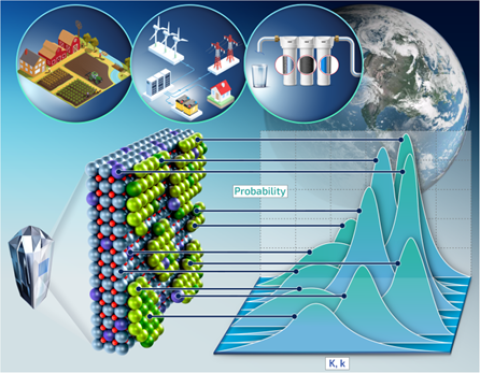
Researchers propose a new approach to modeling adsorption processes that affect how pollutants move through soil, water, and rock.

Automatic speech recognition predicts earthquake fault displacement.
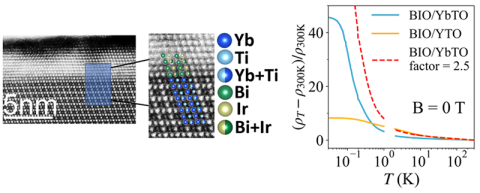
The spin fluctuations of an insulating quantum magnet determine how electricity flows in a nearby metal film.
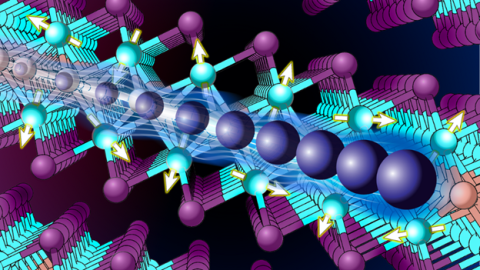
The 2D material cerium silicon iodide contains the same heavy electrons responsible for heavy fermion physics, something so far seen only in 3D materials.
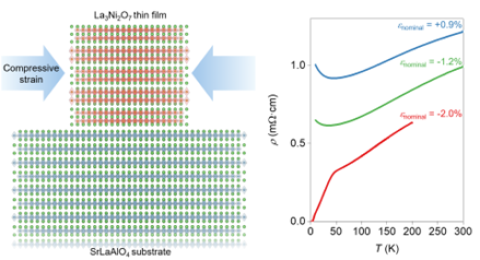
Researchers have learned how to retain superconductivity at ambient pressure in a new class of high temperature superconductors.
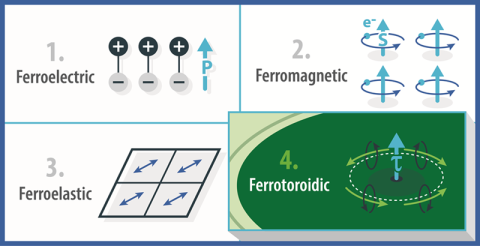
Mapping a way to ferrotoroidicity: the long-sought fourth ferroic order with magnetic-electric properties that can enable new technologies.
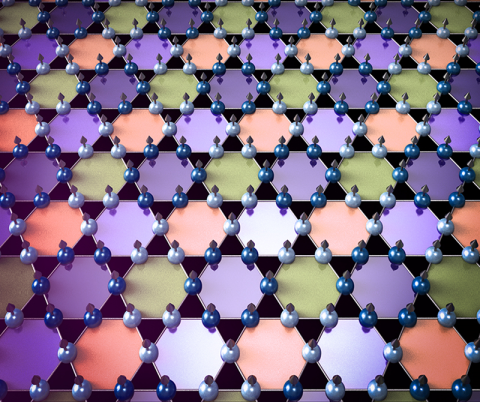
An unexpected electron behavior called charge density waves in an iron-germanium metal material presents a new paradigm in emergent quantum phenomena.

